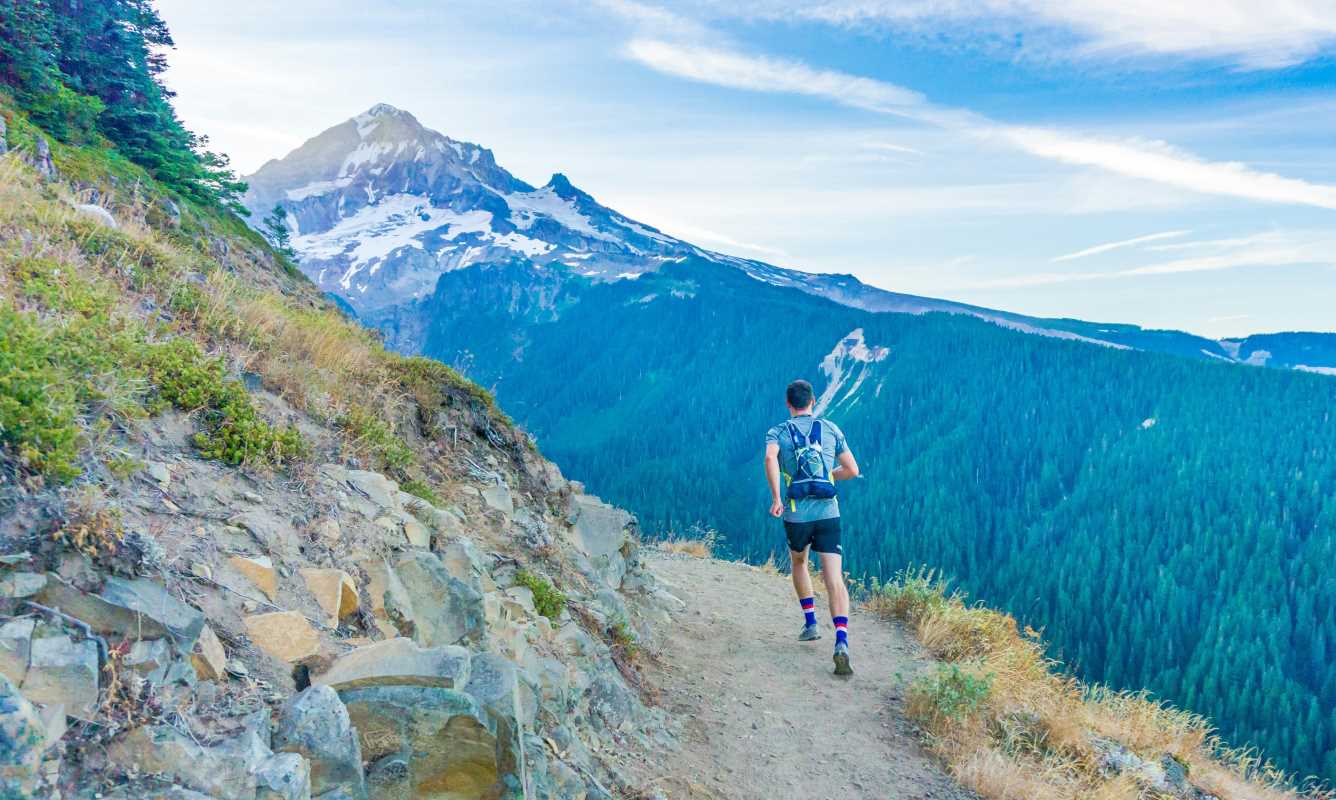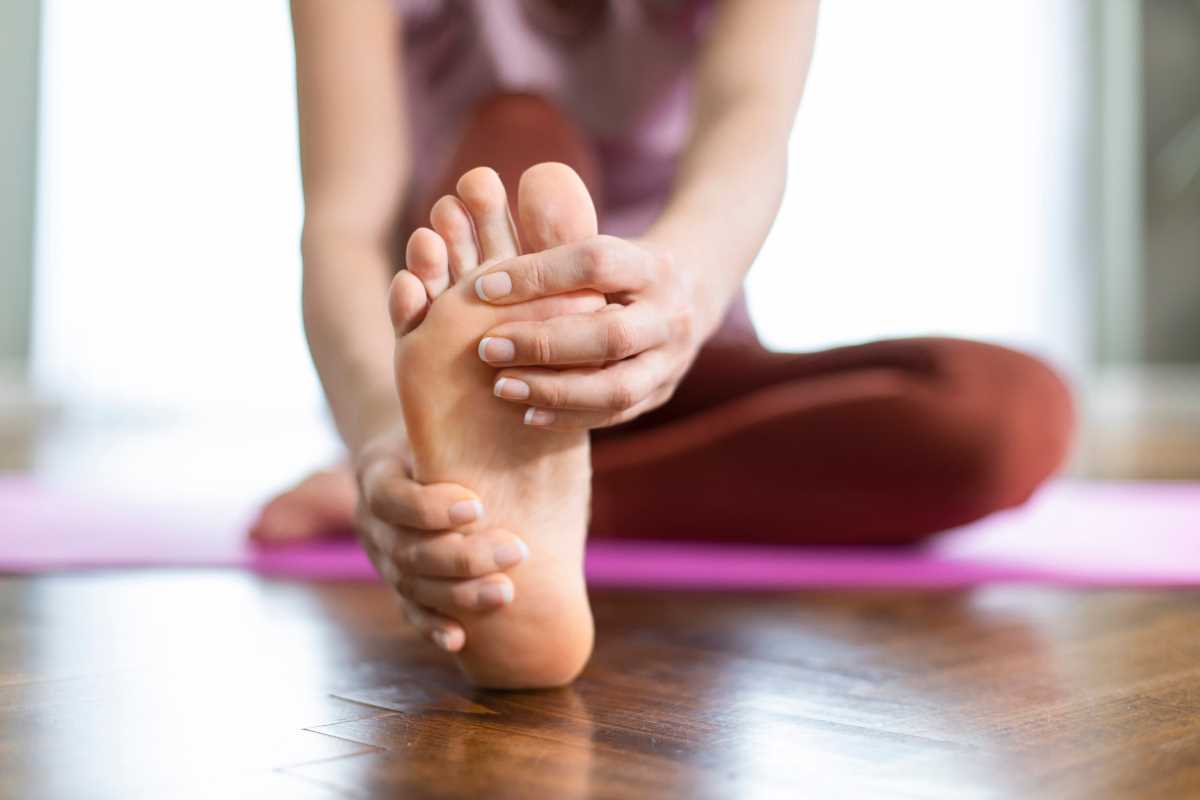Mountain marathoners encounter a distinct array of challenges that set their races apart from the usual marathon events. With rugged landscapes, capricious weather patterns, and steep elevation shifts, these races demand not only physical stamina but also a sharp technique. A pivotal element that can make or break a runner's performance is their footwork. By mastering particular trail running footwork drills, athletes can greatly improve their efficiency, boost their speed, and elevate their overall performance. These drills become indispensable for those who aspire to shine in the demanding world of mountain marathons, where every step counts.
Understanding Trail Challenges
Trail running presents a distinct set of obstacles that differ from road running. Navigating these challenges requires adaptability and specialized skills.
- Uneven Terrain: Trails often feature rocks, roots, and uneven surfaces that demand constant adjustments to foot placement.
- Elevation Changes: Significant uphill and downhill sections can strain different muscle groups and affect pacing.
- Technical Sections: Steep ascents and descents require precise balance and control to prevent slips and falls.
- Variable Weather: Mud, rain, and snow can make trails slippery and more difficult to navigate.
- Limited Visibility: Natural trails may have tree cover or be poorly lit, adding an element of unpredictability.
Essential Footwork Drills
Improving footwork involves targeted drills that enhance agility, strength, and coordination. Here are some key drills every trail runner should incorporate into their training regimen:
- High-Knee Drills: Focus on lifting the knees high while maintaining a quick cadence to improve stride efficiency and power.
- Bounding: Exaggerate the running stride to increase leg strength and improve the ability to navigate over obstacles.
- Side-Stepping: Practice moving laterally to enhance balance and the ability to adjust quickly on uneven terrain.
- Plyometric Hops: Incorporate explosive jumps to build reactive strength and improve push-off power.
- Trekking Uphill and Downhill: Simulate race conditions by running on inclines and declines to strengthen the muscles used in elevation changes.
Benefits of Improved Footwork
Enhanced footwork provides numerous advantages that translate directly to better performance in mountain marathons. Athletes with superior footwork can navigate challenging trails more efficiently, maintaining a steady pace even on the toughest sections.
These drills also help prevent common running injuries by strengthening the muscles, improving joint stability, and promoting better movement mechanics. Preventing injuries leads to more consistent training and fewer setbacks, allowing athletes to peak at the right time for their races.
Complementary Training Techniques
To maximize the benefits of footwork drills, it's crucial to combine them with other training methods. Strength training can build the necessary muscle groups to support agile movements, while flexibility exercises improve range of motion and reduce injury risk. Incorporating integrated trail running routines can also enhance overall endurance and performance by blending different types of exercises and training modalities.
Endurance training such as long-distance runs helps build the stamina required for mountain marathons. Cross-training activities like cycling or swimming can improve cardiovascular fitness without putting excessive strain on the joints, ensuring a well-rounded athletic foundation.
Expert Insights
Trainers who specialize in trail running emphasize that focusing on foot placement and movement efficiency is paramount. They suggest that runners should spend time analyzing their gait and making adjustments to optimize performance on various terrains. Experts also highlight the importance of mental preparedness, as the unpredictable nature of mountain trails requires quick decision-making and adaptability.
Seasoned trail runners stress the value of consistent practice. Regularly performing footwork drills not only ingrains the necessary movements but also builds muscle memory, allowing athletes to react instinctively to the demands of the trail during a race.
Incorporating feedback from wearable technology can provide valuable insights into foot dynamics and running patterns. Tracking data helps identify areas for improvement and ensures that training efforts align with performance goals.
Another crucial insight from professionals is the importance of recovery. Proper rest and recovery strategies, such as foam rolling and stretching, help maintain muscle health and prevent overuse injuries, ensuring that athletes can train effectively without prolonged downtime.
Experts advise runners to vary their training environments to simulate different trail conditions. Training on diverse terrains can better prepare athletes for the unpredictability of race days, making them more resilient and adaptable.
Nutrition and hydration plans tailored to trail running are also essential. Experts recommend fueling appropriately before and during training sessions to maintain energy levels and support muscle function, which in turn enhances overall performance.
Incorporating footwork drills into training improves efficiency, speed, and injury prevention, enabling mountain marathoners to excel. By pairing these drills with expert guidance, runners can confidently achieve their marathon goals.
 (Image via
(Image via





